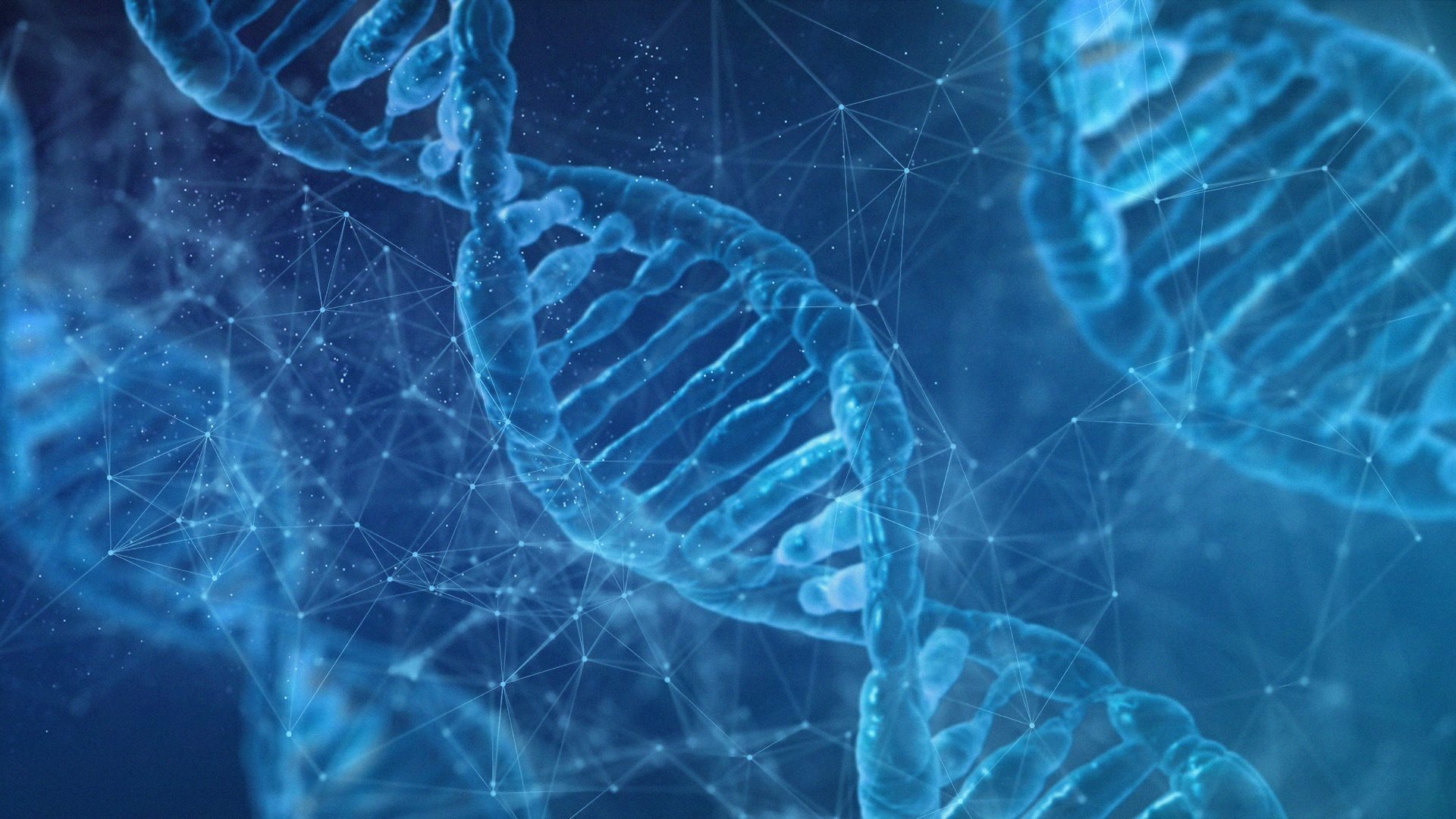
This is part of a series on the proof of God in DNA. See this index.
One of the reasons I am a Christian is because science, math, logic, philosophy, and history all point to Christianity. No other religion, including atheism, comes close to providing a viable alternative.
In “Proof of God in DNA: Information” I put forth the analogical argument that the digitally encoded information inside DNA shows that life was intelligently designed. It is not unusual for atheists to point to genetic algorithms as evidence that information can be created without intelligence. Atheist blogger and author Bob Seidensticker is one such person:
Before we examine such software, let’s go back to the beginning of everything.
The most basic and significant scientific evidence in favor of Christianity comes from the universe itself. The universe had a beginning and a cause. Since the cause of the material universe cannot be itself and it could not come from nothing, the cause must be immaterial—supernatural. Though we call this cause “God”, “Creator” or “Multiverse”, merely knowing that something else created the universe does not tell us much about what that something else is.
The universe arose out of a set of initial conditions that popped into existence from…what? where? who? The Big Bang happened and the universe has experienced expansion ever since. Eventually life—with its information in DNA—developed on Earth.
Genetic algorithm software begins with human-designed software, human-designed hardware, human-provided inputs, and human-provided outputs (‘initial conditions’). It is executed (‘Big Bang’). It grows and grows, developing into new, novel creations (‘expansion’). If all goes perfectly, one day such technologies could contribute to the creation of sentient artificial intelligence (‘life’).
Far from being critical to the theist, genetic algorithms software provides evidence against atheism.
Computer science has shown the proof-of-concept that information can be created by non-life through a series of novel transformations and expansions. Yet these creations fundamentally require intelligence and design. The scientific discoveries—of the beginning of the universe and the series of transformations and expansions that led to information encoded in DNA—suggest something fundamental about the origin of that information, the creative force behind the universe.
When we look to genetic algorithms we find that it could not exist without human design. When we look to DNA we see the fingerprints of intelligent design. When we look to the beginning of the universe, we see a powerful, creative intelligence: God.

In actual fact, based on every other Christian I have ever encountered, you are most likely a Christian because of 1) Childhood indoctrination/cultural association 2) Converted (born again) because of emotional/trauma issues.
What you call indoctrination was an education steeped in scientific exploration and logic. I thrived in a culture associated with rational thought.
You believe in the theory of evolution, yes? Under evolutionary theory, religiosity is an adaptation developed over thousands of years to increase species survival. By contrast, atheism is maladaptive and rare. Natural selection ensured that atheists—at the population level—were not selected.
Time and again science shows us evidence of God. Studying evolutionary theory points us towards the superiority of religiosity over atheism. Studying genetic algorithms points us towards intelligent design.